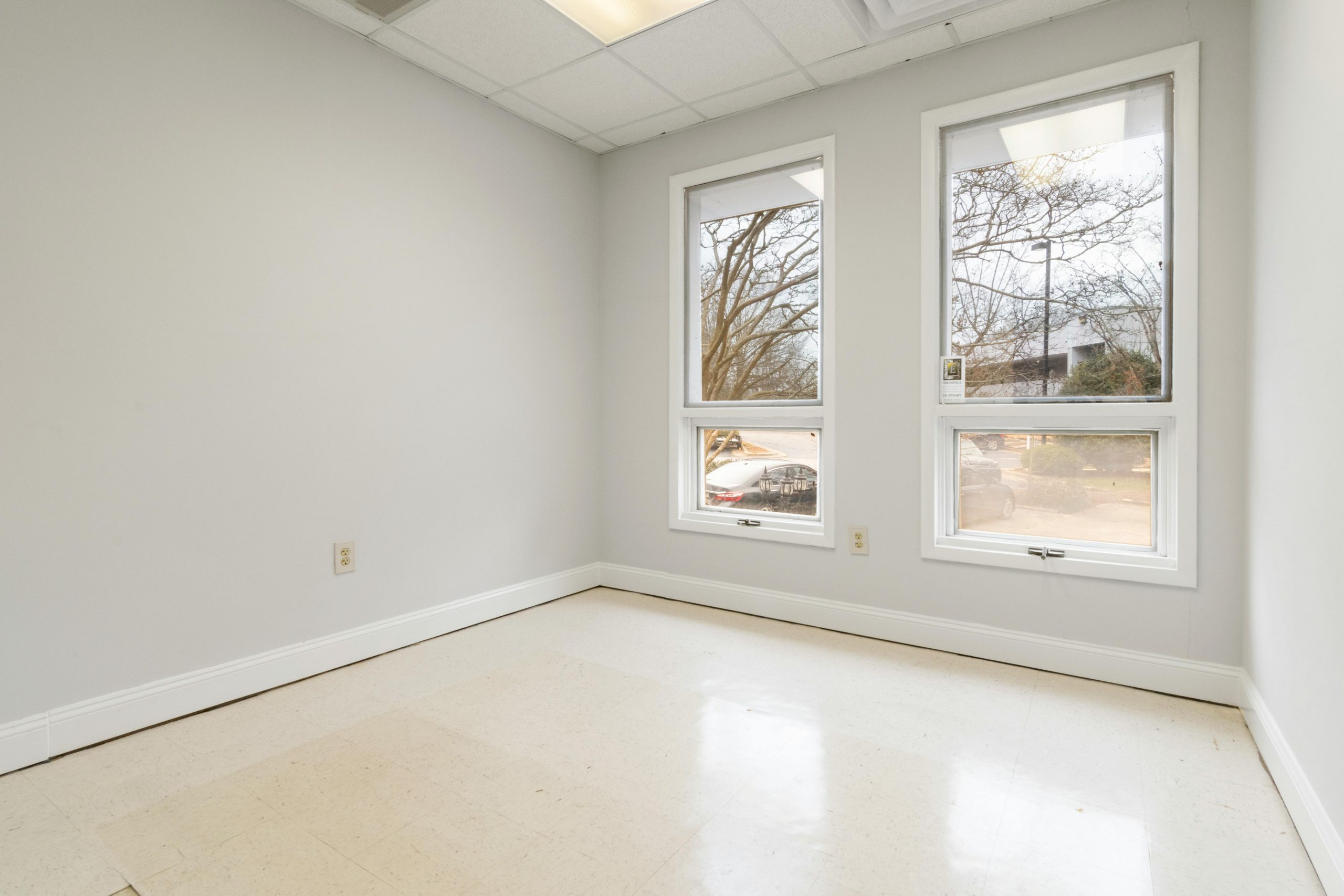Why rent growth is slowing in urban apartments
As the world’s population continues to grow and cities become increasingly crowded, the demand for housing in urban areas has skyrocketed. This has resulted in a surge in rental prices, making it difficult for many people to afford living in cities. However, in recent years, there has been a noticeable trend of slowing rent growth in urban apartments. This may seem surprising considering the constant demand for housing in cities, but there are several factors contributing to this phenomenon. In this article, we will explore the reasons why rent growth is slowing in urban apartments and what it means for both landlords and renters.
The Oversupply of Apartments
In order to understand the slowing rent growth in urban apartments, we must first examine the supply and demand dynamics in the rental market. Over the past decade, there has been a significant increase in the construction of new apartment buildings in cities across the country. This has led to a surplus of available apartments, particularly in popular urban areas. As a result, renters now have more options to choose from and are able to negotiate lower rent prices.
Rising Interest Rates
Another factor affecting rent growth in urban apartments is the recent rise in interest rates. This means that the cost of borrowing money for developers and landlords has increased, making it more expensive to build new apartments. As a result, there has been a decrease in new construction projects, leading to a decrease in the overall supply of apartments. This gives landlords more leverage when it comes to setting rental prices, resulting in slower rent growth.
Shift in Tenant Preferences
Millennials, who make up a large portion of the urban rental market, have different preferences when it comes to housing compared to previous generations. They are opting for smaller living spaces and are willing to sacrifice some amenities in order to live in a convenient location. This has resulted in a shift towards micro-units and apartments in more affordable, up-and-coming neighborhoods. As a result, there is less demand for larger, more expensive units in prime urban areas, causing rent growth to slow down.
Rise of Short-Term Rentals
The rise of short-term rental platforms such as Airbnb has also had an impact on the rental market in urban areas. Landlords who may have previously rented out their units on a long-term basis are now able to achieve higher profits by listing their units on Airbnb for short-term rentals. This has taken some apartments out of the long-term rental market, leading to decreased availability and slower rent growth.
Government Regulations
In response to the growing concern of housing affordability, many cities have implemented regulations to limit rent increases in order to protect tenants. While these regulations may be beneficial for renters, they can also deter landlords from investing in new apartment projects. This can lead to a decrease in the overall supply of apartments, resulting in slower rent growth.
The Impact on Landlords and Renters
As rent growth continues to slow in urban apartments, it has a significant impact on both landlords and renters. For landlords, this means lower profits and the need to find creative ways to attract tenants, such as offering incentives or reducing rent prices. On the other hand, renters may see this as an opportunity to negotiate better rental terms or to find more affordable housing options in prime urban areas.
In conclusion, the slowing rent growth in urban apartments can be attributed to a combination of factors including oversupply, rising interest rates, shifting tenant preferences, the rise of short-term rentals, and government regulations. While this may be a relief for renters, it poses challenges for landlords in terms of maintaining profitability. It will be interesting to see how this trend continues to evolve in the coming years and what it means for the future of urban living and the rental market.










